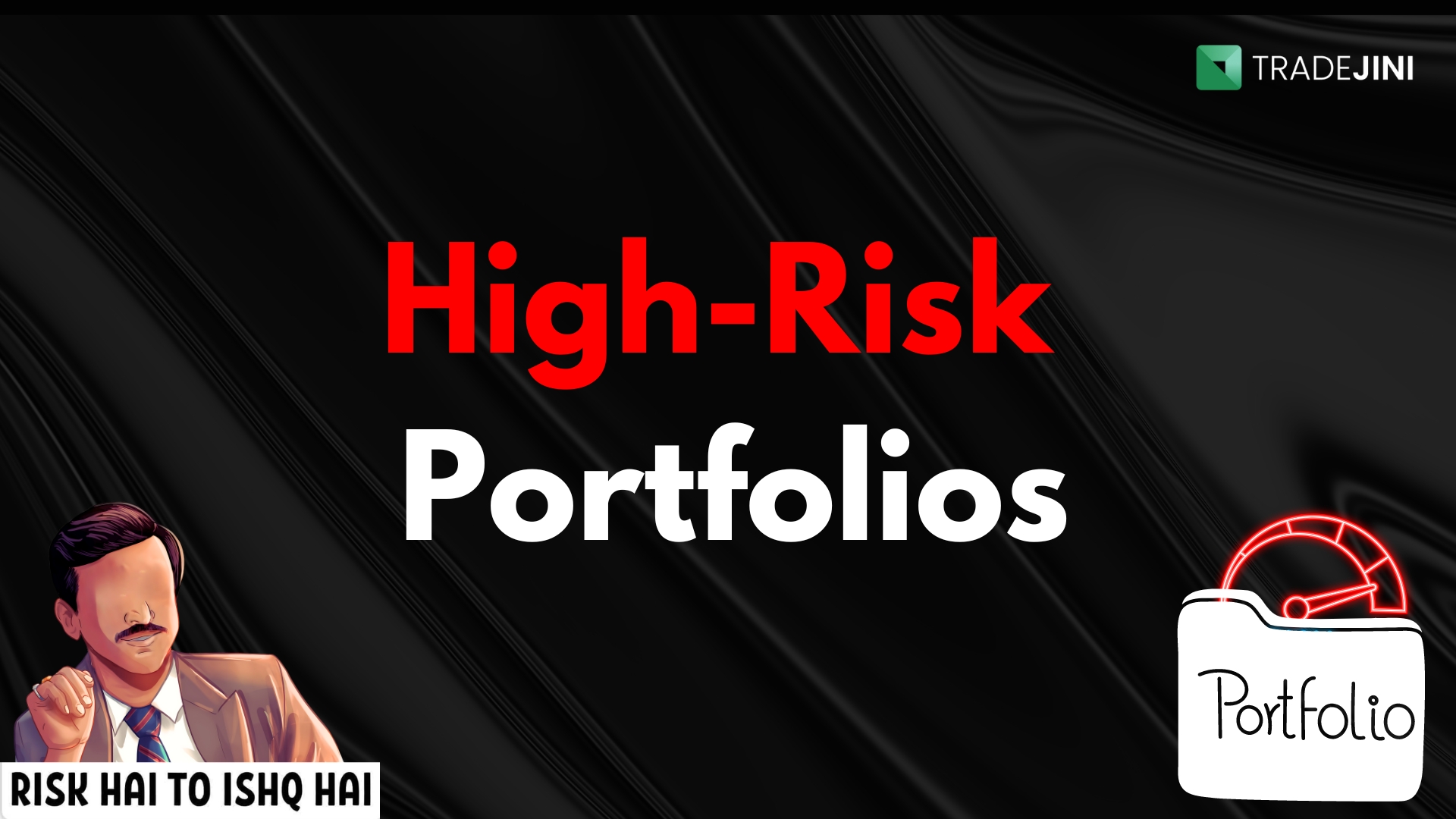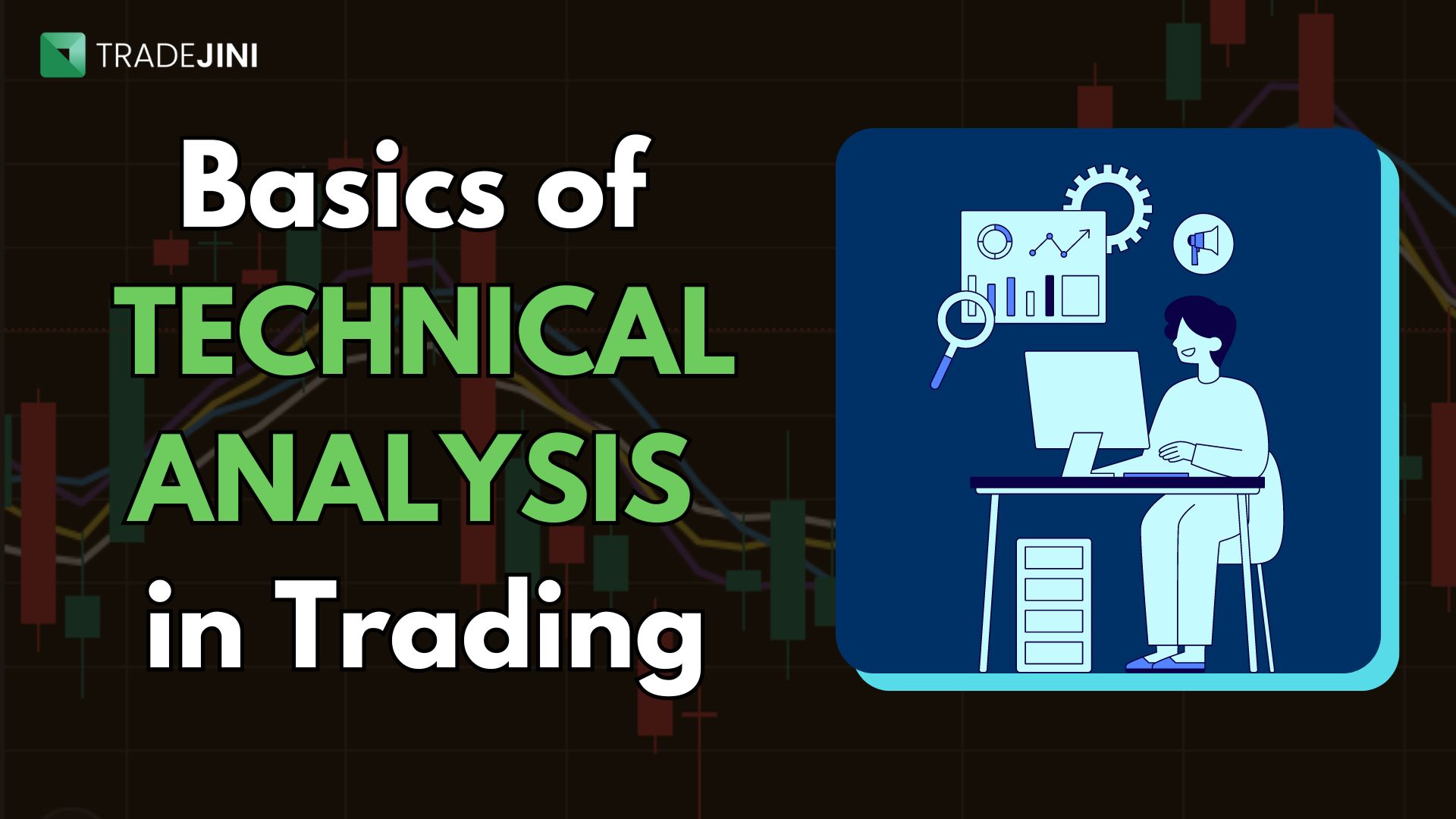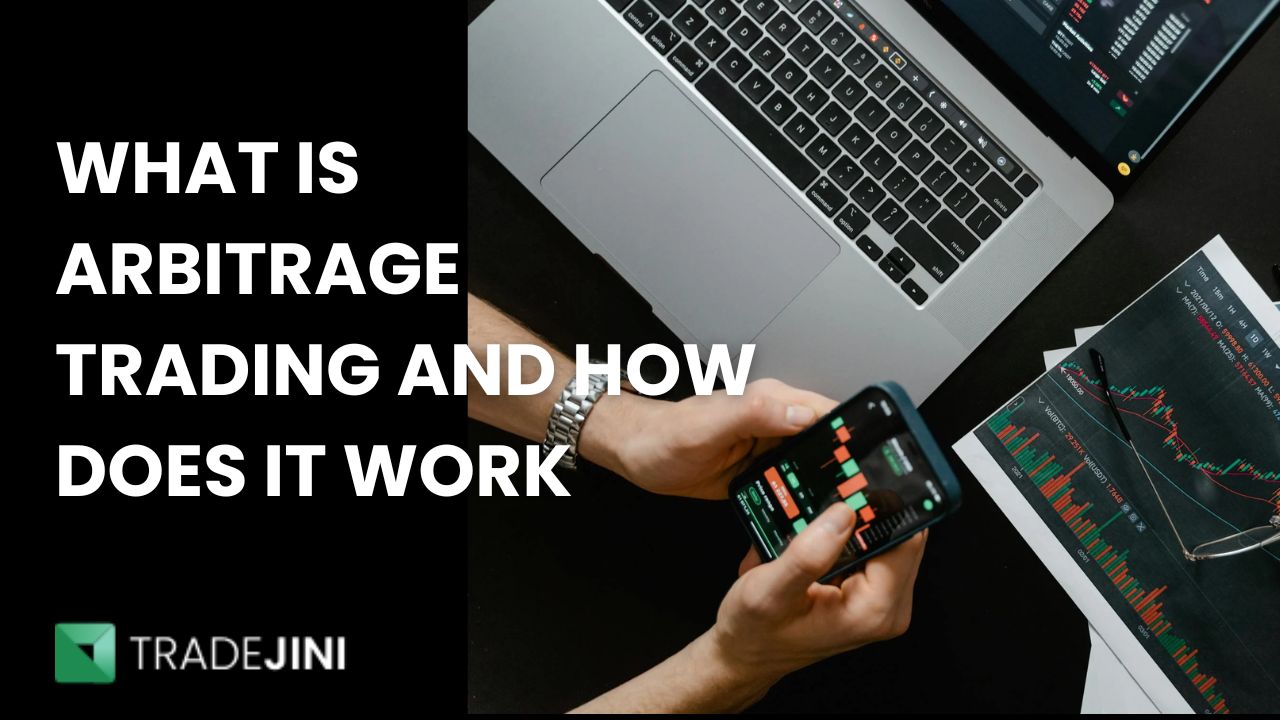Although it is not easy to expect your invested money to double, it is very common in the stock market if you follow this well-known Bollywood dialogue.
‘Risk hai toh ishq hai’
In other words, it is to take an equivalent risk to the return you expect from the market. And that is what we are going to talk about in this article.
What is High risk high return?
High risks in most cases, provide a higher return compared to other investments. The relationship between risk and reward in the stock market does not always exist. Sometimes, when you take high risks, you do not get the appropriate profits back. Examples of high risk high return products include-
- Cryptoassets
- Land Banking
- Mini bonds
- Contract for Difference
Characteristics of high risk investment
- High rate of return - High Risk investments have the potential to give much higher return but again, they do not promise the same and sometimes end up even lower than mainstream investments
- Even higher risk - If you opt for high-risk investments, you need to be prepared for the possibility of losing some or all of your capital. With certain high-risk assets, the worst case scenario isn't just losing everything—you could end up in debt. Therefore, high-risk investments are not suitable for most people. They are only appropriate for experienced investors who have a thorough understanding of the risks and opportunities involved, as well as the financial means to absorb significant losses.
- Accessing money becomes harder- High-risk investments often have less liquidity compared to traditional investments, which means if things don't go as planned, accessing your money could be challenging. Because high-risk investments are suitable for only a small group of people, they're generally traded less frequently than mainstream investments.
- Certain high - Risk assets, like land banking schemes, might involve investing in assets that aren't actively traded. This could make it difficult to withdraw your money quickly. Even if you can access it on short notice, the provider might charge you fees or penalties.
- Volatility - High Risk assets also see more volatility than any other market asset. Market confidence has a significant impact on these assets, so investors should anticipate significantly higher volatility in their investment value than usual.
- Lack of regulatory protection - The regulator exists to encourage investors to dive into the market and safeguard them from foreseeable risks but when investors on their own put themselves into assets that are prone to being really volatile and risky, it leaves the investor all alone in the water.
Things to remember before entering
- These assets tend to be more innovative and exciting to new investors but it is also important to keep in mind that they hold a high chance of losing their complete value too.
- High-risk investments are typically not suitable for anyone except seasoned investors who have a thorough understanding of the potential risks and rewards involved.
- It's recommended that no more than 10% of your total net worth is allocated to high-risk investments, with the rest spread across various traditional investment options. For more information on how diversification can benefit your investments, check out our article on the topic.
- With these assets you also bring the chances of losing your entire investment sometimes even owning too therefore it is important be prepared for the same and have thorough research done.
- Be aware of the scams that occur in the market as this could get you into a really bad situation.
Benefits
- Higher returns than usual - Along with taking high amount of risk you will also have high potential to earn more than expected return.
- Diversification - Most of the high return portfolios are diversified vastly into stocks, real estates, alternative investment, etc. This helps in gaining from all the sectors.
- Beating inflation - High return portfolio is an effective way to hedge inflation and this happens as the investment happens in stocks and real estates, assets that appreciate overtime that helps in beating inflation.
Risks to be aware of
- Significant loss - As mentioned earlier these kinds of assets tend to be riskier than other conservative investment options this is because of the presence of high volatility and risk
- Complexity - These portfolios are generally diversified and each sector and company will have their own set of risks and rewards making it harder to manage.
- Timing the market - These portfolios are prone to be highly volatile and this causes entering the market at the right moment to be a little challenging.
Constructing a high return portfolio
- Set investment goals: Clearly define your objectives, including your investment time frame, desired returns, and acceptable risk levels.
- Assess risk tolerance: Evaluate how much risk you're comfortable with to determine if a high-return portfolio suits you.
- Diversify investments: To manage risk, include a variety of assets that offer high returns but reduce the impact of a single poor performer.
- Conduct thorough research: Understand each investment's risks and potential rewards. Knowledge and experience are key to high-return portfolios.
- Get professional guidance: If unsure, consult a financial advisor for expert advice and tailored investment strategies.
- Regularly monitor: Keep track of your portfolio's performance and adjust as needed to stay on track with your goals and risk tolerance.
Summary
Building a high-return portfolio involves a thoughtful approach that accounts for your investment objectives, risk tolerance, and overall financial status. It's crucial to conduct your own research, consult with financial professionals, and ensure you're at ease with the level of risk inherent in your portfolio.
Keep in mind that all investments come with risk, and there's no assurance of success. However, with thorough planning and diligent research, a high-return portfolio could be a worthwhile component of your investment strategy, potentially aiding in the achievement of your financial goals.
(Disclaimer: This article provides information on gold for educational purposes only. It's not financial advice, nor does it endorse gold or motivate buying it. Do your own research before making any investment decisions)
Also Read: Capital Market Instruments: Meaning, Types and Features



